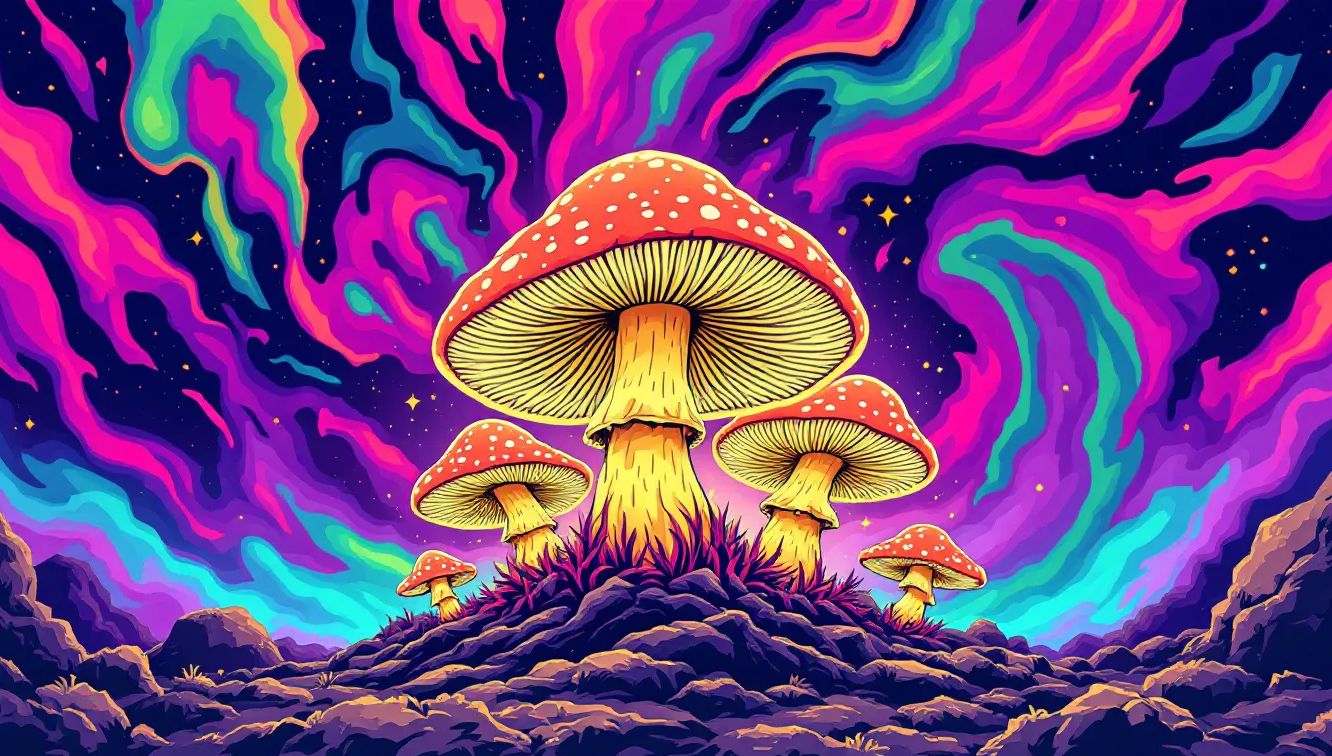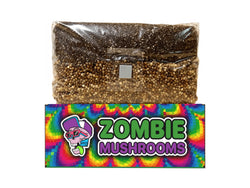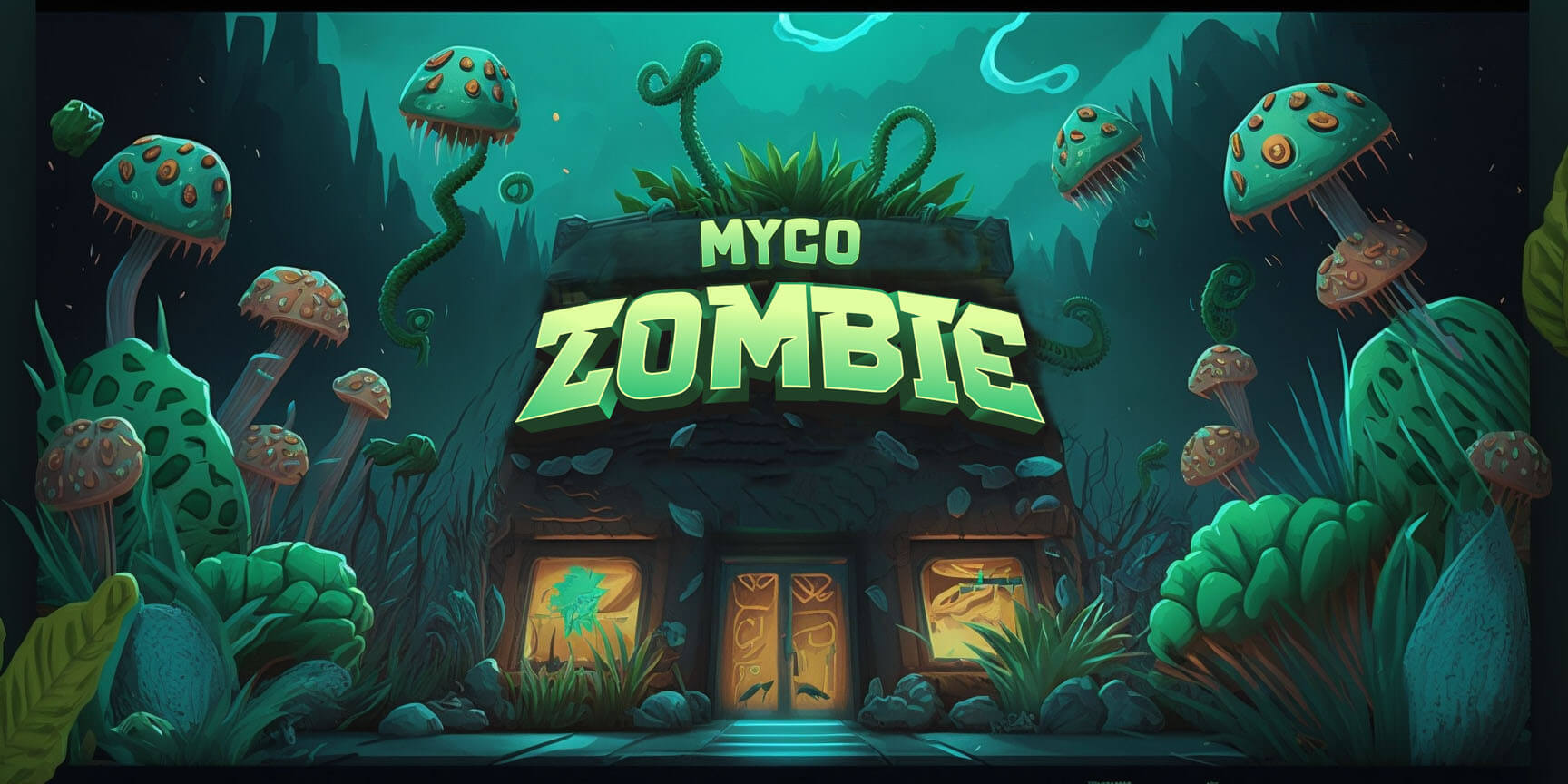⬇️ Prefer to listen instead? ⬇️
- Straw, sawdust, and coir work well as mushroom beds, depending on the mushroom type.
- Adding things like wheat bran can make mushroom crops grow bigger, up to 40% more.
- If you use rich beds that aren't cleaned well, they can get dirty easily.
- Old beds can help farms grow more food when used as compost or again.
- Cleaning beds well by heating them helps mushrooms grow on them much better.

Introduction
If you're thinking about growing mushrooms at home, it's really important to know about mushroom beds. The bed is like food and a home for the mushroom roots to spread. How well your mushrooms grow depends a lot on the bed you pick and how you get it ready, just as much as what kind of mushroom you're growing. Whether you're using a simple mushroom kit for beginners or trying harder ways to grow them yourself, this guide will help you choose the right mushroom bed, get it ready the right way, and keep away from common mistakes that can make your mushrooms dirty or small.

What is a Mushroom Substrate?
A mushroom bed is what you grow mushrooms in. It gives food and a place for the mushroom roots, called mycelium, to live and spread. These roots then grow mushrooms. Unlike plants that make their own food from sunlight, mushrooms eat stuff. Mycelium breaks down plant stuff like wood and paper using special juices. So, the bed is both food and home for the mushrooms.
Most beds are made from leftover stuff from farms or forests. This makes growing mushrooms good for the earth and also useful. How much food is in the bed, how much air it has, how acid or not acid it is, and how wet it is are all important for mushrooms to grow well in it.
Key Components of a Substrate
- Cellulose & Lignin: These are fibers from plants that give most of the energy for mushroom roots to grow.
- Nitrogen-rich additives: Things like wheat bran, soybean skins, and urea are like protein that makes mushrooms grow bigger.
- Moisture-retaining agents: Vermiculite and coco coir help hold water and make the bed feel right.
- pH Balancers: Lime and gypsum help keep the bed just right and stop bad smells from ammonia.
Picking the right mushroom bed is very important to match what each kind of mushroom needs to grow.

Popular Mushroom Substrates Explained
Different kinds of mushrooms need different beds to grow right and make mushrooms. Here’s a closer look at common mushroom beds, why they are good, and what mushrooms grow best on each.
Straw
Straw is a top pick for mushroom beds for new growers and those with more practice, mostly for oyster mushrooms.
Pros
- Cheap and easy to find
- Easy to clean with hot water (no special heat needed)
- Good for air and feels right
- Roots grow fast
Cons
- Not as much food as other beds
- You might need to add food to get more mushrooms
Hardwood Sawdust
Sawdust from trees like oak, beech, or maple is the best bed for many fancy and healthy mushrooms.
Best for: Shiitake, Lion’s Mane, Reishi
Pros
- Lots of food from wood
- Good for growing over a long time
- Great for sawdust blocks
Cons
- Needs to be sterilized when you add food to it
- Getting hardwood sawdust might be hard depending on where you are
Coco Coir & Vermiculite
Often used together, coco coir (from coconut shells) and vermiculite make a bed that's easy to use, wet, and lets air in.
Best for: Oyster mushrooms, mostly in kits for growing indoors
Pros
- Holds water well
- Cheap and good for the environment
- Great for growing inside or in bags
Cons
- Not much food unless you add some
- Can break down fast if it's too wet
Manure-Based Compost
Rotten cow or horse poop mixed with straw and gypsum is the old way to make beds for Agaricus mushrooms.
Best for: Button mushrooms, Cremini, Portobello
Pros
- Lots of food
- Great for big farms, outside or for business
Cons
- Easy to get dirty if not composted right
- Needs more work to manage the bed
Coffee Grounds
Used coffee grounds are a great way to use waste and grow mushrooms.
Best for: Oyster mushrooms
Pros
- Easy to get, good for the earth
- Lots of nitrogen
- Little work if used right away
Cons
- Gets bad fast and can get dirty
- Not smooth, so you might need to mix it with coir or sawdust
Enriched Substrates
Adding bran, grains, or soybean skins adds food and can really make crops bigger.
Best for: Lion’s Mane, Shiitake, Reishi when you want to grow a lot inside
Pros
- Roots grow faster
- Makes lots of mushrooms that are the same
- Used in mushroom kits that grow a lot
Cons
- Needs full sterilization
- Easier to get dirty if not handled cleanly

Choosing the Right Substrate for Your Mushroom Species
It's very important to match the bed to the mushroom type because each mushroom grew to like different plant stuff. The right match means roots grow faster, less trouble with dirt, and you get to pick mushrooms more than once.
| Mushroom Species | Recommended Substrate | Notes |
|---|---|---|
| Oyster | Straw, coir, coffee grounds | Very easy to grow and not picky |
| Lion’s Mane | Hardwood sawdust, bran | Adding food to beds makes crops much bigger |
| Shiitake | Hardwood logs, sawdust | Likes to grow for a long time |
| Button | Manure-based compost | Needs compost and wet air |
| Reishi | Hardwood sawdust, bran | Likes clean beds made of wood |
Adding wheat bran can make crops up to 40% bigger for Lion’s Mane (Stamets, 2000).

How to Prepare Your Substrate
Getting your bed ready the right way is key to get rid of bad stuff and make it good for mushroom roots.
Pasteurization
Used mostly for beds with less food like straw or coir
- Method: Put in hot water at 65–85°C (149–185°F) for 60–120 minutes.
- Goal: Kill bad germs but keep some good germs and water.
Sterilization
Needed when using rich beds (bran, grains, sawdust mixes).
- Method: Use a pressure cooker or special heater at 121°C (250°F) under 15 PSI for at least 90 minutes.
- Goal: Kill all germs, making a clean place to grow.
Cooling & Moisture Testing
Let the cleaned bed cool down to room temp. Too much water must be taken out. You want it wet enough that if you squeeze a handful, a few drops come out, but not too much.

Supplementing Your Substrate
Adding food like wheat bran or soybean skins makes roots grow faster and better. But, beds with extra food can get dirty easier and must be sterilized.
Benefits of Supplementation
- Bigger crops each time you pick mushrooms
- Roots grow faster (up to 30% faster)
- You get more mushrooms for the amount of bed used
Popular Additives
| Additive | Purpose |
|---|---|
| Wheat Bran | Lots of nitrogen and easy to find |
| Soy Hulls | Adds protein |
| Gypsum | Makes it feel right and keeps it not too acid |
Mix extra food well into the sterilized bed right before adding mushroom roots. Not mixing right or not sterilizing rich beds is a common mistake.

How to Inoculate a Mushroom Substrate
Once your bed is ready, it’s time to put in your mushroom starter (spawn).
Tools & Environment
- Clean hands and places: Use rubbing alcohol (70%).
- Safe place: A still air box, glove box, or clean spot in your kitchen.
-
Spawn types
- Grain spawn: Most common and easy for beginners.
- Liquid culture: Fast and can change, but needs clean steps.
- Plug spawn: Best for logs or growing outside.
Spawn-to-Substrate Ratio
Using 1 part spawn for every 5 parts bed is good for roots to grow fast. More spawn (1 part spawn to 3 parts bed) makes it even faster but costs more.
Packaging
After adding spawn, put the mix in grow bags, buckets, or jars, depending on how you're growing. Mushroom kits usually come with the right containers already.

Contamination and Troubleshooting
Getting dirty is the grower's biggest problem. Here are signs and how to stop it
Signs of Contamination
- Green spots (Trichoderma)
- Black mold
- Pink/Orange germ groups
- Sour or bad smell
Prevention Tips
- Sterilize or pasteurize the right way.
- Work fast but clean—add spawn as soon as the bed is cool.
- Use good spawn from someone you trust.
- Don't add too much food if you're not sterilizing.
Finding it early and throwing it away is key to stop it from spreading. If it's just in one spot, you might be able to cut it out.

How to Recycle or Reuse Spent Substrate
After you pick all the mushrooms (maybe 2–3 times), the old bed is still good for things.
Options for Reuse
| Method | Benefits |
|---|---|
| Composting | Adds plant stuff and food to the dirt |
| Garden Mulch | Keeps water in and weeds out |
| Soil Amendment | Makes harvests bigger, up to 20% (Zied et al., 2011) |
| Livestock Feed | Chickens eat leftovers with protein |
| Vermicomposting | Good for worm farms because of old plant stuff |
| Second Flush | Water the bed and keep it wet to try to grow more mushrooms |
Old beds help make growing last longer and be better for the earth.

Which Substrates Are Used in Zombie Mushrooms Kits?
Zombie Mushrooms makes mushroom kits made to grow lots of mushrooms easily. Here’s how we make beds for different mushrooms
- Lion’s Mane Kit: Rich and sterilized hardwood sawdust with wheat bran for bigger crops.
- Oyster Mushroom Kits: Straw or coconut coir mixes, cleaned with hot water for best root growth.
Each kit is made to be easy to use for growing mushrooms, using mixes that are tested to work well.
Bonus: Our Mushroom Kit Bundle – Choose Any 2 lets growers try different mushrooms and bed types without extra trouble or tools.

Tips for Higher Yields and Faster Colonization
For those wanting to grow more mushrooms faster
- Use rich and sterilized beds to grow the most.
- Keep root growing temps between 21–25°C (70–77°F).
- Make sure it's just wet enough—watch the air and bed wetness.
- Pick good spawn from people who sell good spawn.
- After each crop, water again and keep wet for more crops.

Common Mistakes to Avoid with Substrates
Even growers with lots of practice make mistakes. Don't do these common wrong things
- Not getting beds ready right: Always clean with hot water or sterilize depending on the bed type.
- Wrong wetness: Beds that are too wet let bad germs grow.
- Forgetting food steps: Don’t add bran unless you've sterilized.
- Dirty work areas: Use a still air box or clean tools when adding spawn.
- Wrong bed for mushroom: Always check or use kit advice.
Keeping these things in mind can help even new growers do well.
Conclusion
Picking and getting ready the right mushroom bed is very important for growing mushrooms well. From easy straw to strong sawdust mixes, matching your bed to the mushroom type makes crops much bigger and lessens the chance of getting dirty. Whether you're growing oyster mushrooms on kitchen coir or starting a lion’s mane farm inside with rich blocks, paying attention to bed details makes a big difference. With good stuff, clean ways, and a little waiting, great crops are possible.
Want to start or make your mushroom growing better? Look at Zombie Mushrooms’ ready-to-use kits, grain spawns, and liquid cultures—made for all growers.
Citations
- Stamets, P. (2000). Growing gourmet and medicinal mushrooms (3rd ed.). Ten Speed Press.
- Royse, D. J., Baars, J., & Tan, Q. (2017). Current overview of mushroom production in the world. In Edible and Medicinal Mushrooms: Technology and Applications (pp. 5–13). Wiley-Blackwell.
- Zied, D. C., Pardo-Giménez, A., & Jonathan, S. G. (2011). Use of spent mushroom substrate in agriculture. African Journal of Agricultural Research, 6(16), 3782–3786.




